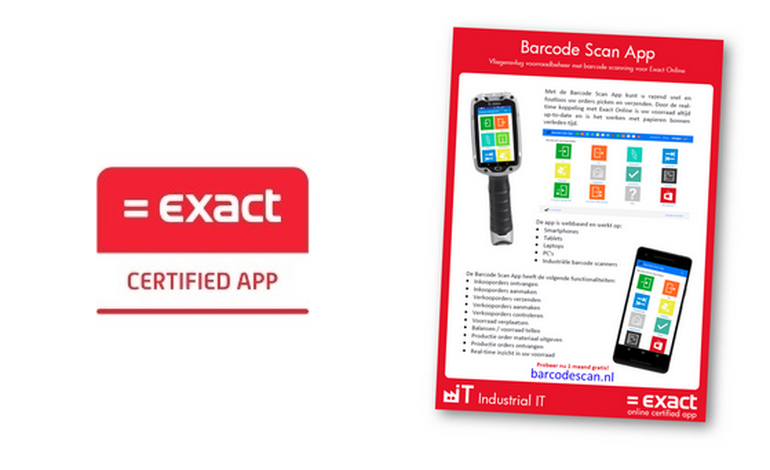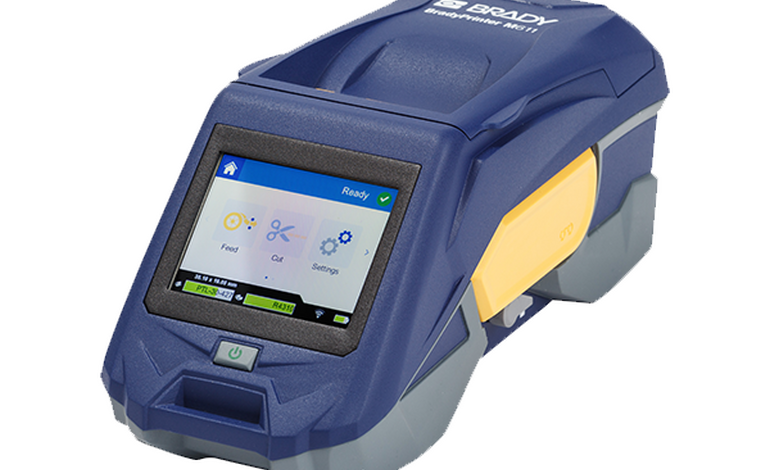We are regularly asked: “Which labels are the best for my situation?”. There is a lot of choice in materials, dimensions and properties. As a result, it is not always clear what to pay attention to. This article will guide you so that you immediately find what you are looking for.

1) What is the purpose of the labels? What will you use them for?
Ask yourself what the labels will be for. This is important because the properties of labels for laboratories are completely different from stickers to label PCs, for example. The more specifically you can describe this, the better.
Some examples of applications:
- Labels to trace PCB (printed circuit boards)
- Cryo labels for the laboratory
- Heat shrink tubing for labeling cables
- Labels to identify vials / tubes in the laboratory
- Warehouse stickers to clearly indicate each location
There are also labels that perform well in multiple applications or that serve general purpose applications. We are happy to help you with your requirements and help you find the best price-quality ratio. This way you can immediately start tracing.
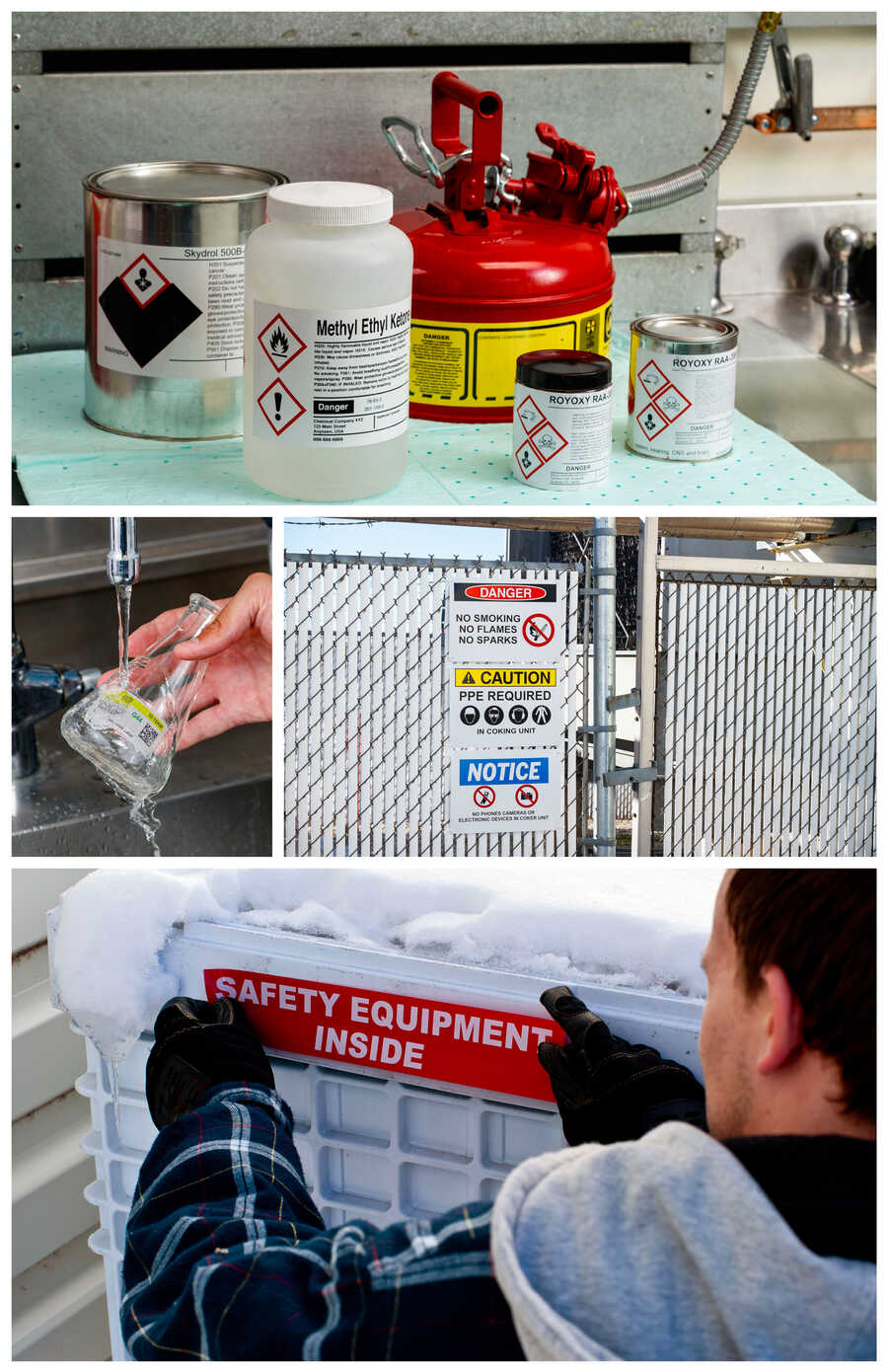
2) In which environment should the label perform?
Sometimes the label has to withstand a lot. Depending on the environment, it is best to choose the material, so you always have a guarantee of the best quality.
The environment determines the materials:
- Are your labels for indoor or outdoor use?
- Are you exposing the labels to extremely high or low temperatures?
- Does the label come into contact with certain chemicals? If so, which chemicals?
- Will the label be touched often?
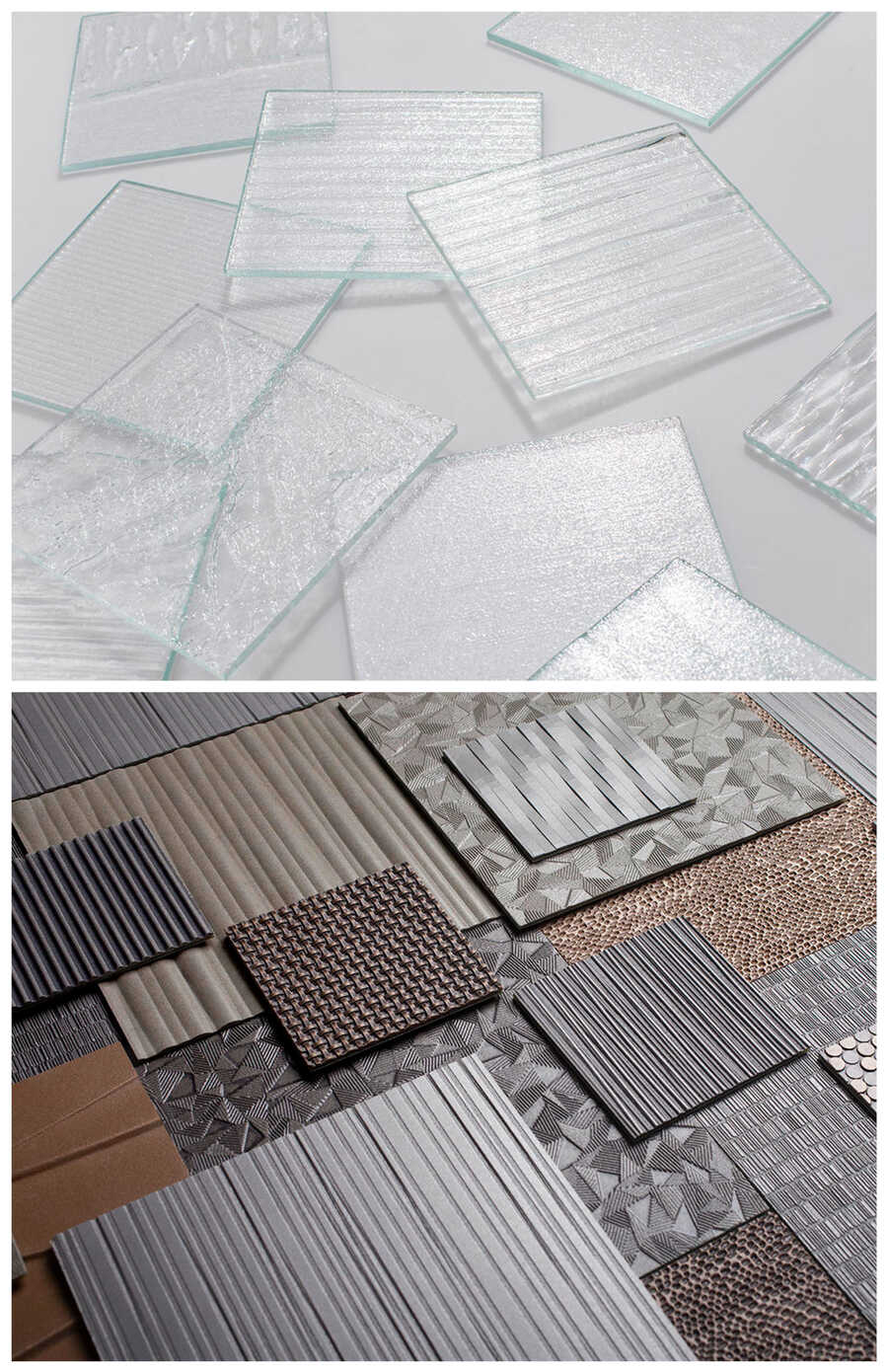
3) On which surface will you stick the label?
A label must adhere very well to a specific surface. We often hear from customers that their labels fall off and this is obviously not the good! That is why the choice of the label also depends on the surface on which you stick it. Different surface types require different labeling applications. For example, a surface with relief will need a more flexible label than a flat surface.
What is the material of the surface?
- Glass, plastic, stainless steel or metal?
- Is the surface rough or smooth? Flat or with relief?
- Do you want to be able to remove or reposition the label? This is also important in the choice of your label, because you do not opt for permanent glue but for removable glue. There are plenty of choices in our range of labels in both permanent and removable adhesive.
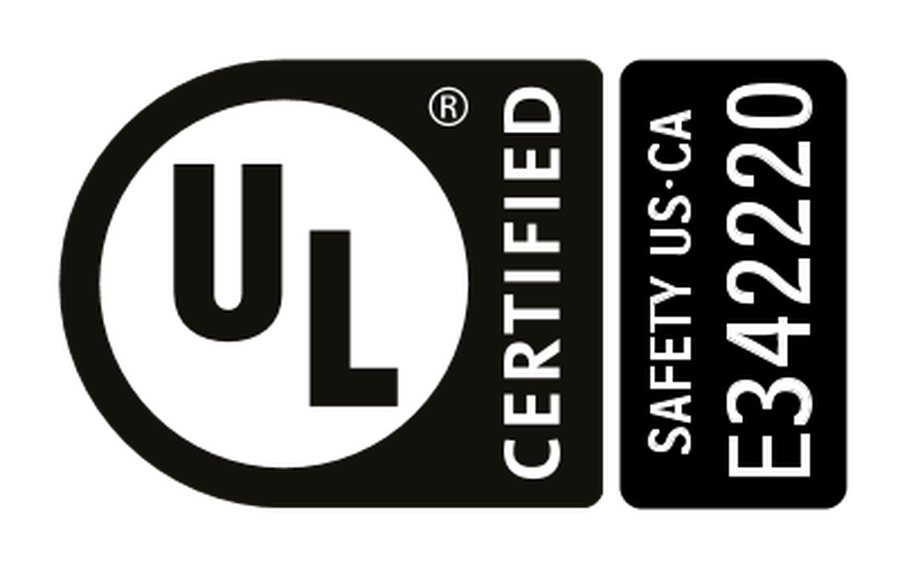
4) Does your label have to meet some legal requirements?
In some cases, there are legal requirements that the label must meet. Think of UL, CSA, RoHS, REACH, MIL-SPEC or SAE. Not all labels meet these requirements, so be sure to give them to us.
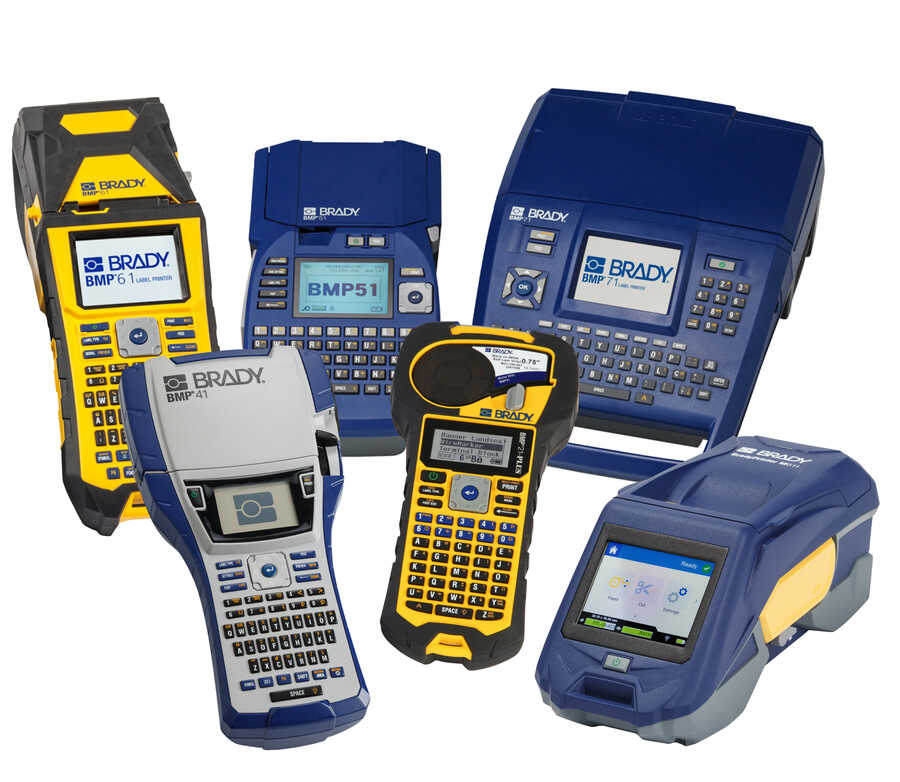
5) Which printing technology do you want to use?
Would you like to print your labels yourself or would you like to have them printed? Both are possible. Usually you have them printed when it comes to small numbers. If you need labels more often, it is better to print them yourself. This is not only more practical, but also cheaper.
With the printers you can choose from a thermal transfer, inkjet, laser, dot matrix or direct thermal. The first two are the most common types of printer to produce good labels.
Not sure how to use a label printer? You can always reach our customer service with all your questions. We will be happy to give you a demo and explain how the printers work. This way you can get started right away!
And now…
With the above questions you can list the most important aspects. These are crucial in the choice of your label and will improve the performance of your labeling. Let us know so we can suggest the materials that best meet your needs.
